The Portuguese School of Equestrian Art stands as perhaps the least renowned among the four esteemed riding academies globally recognised. This relative obscurity can be attributed to the school’s closure for an extended period during the 19th century due to invasions and political upheavals. Faced with unprecedented challenges, the Royal court, in a bid to safeguard the institution, made the decisive move of relocating everything, including the prized stud horses, to Brazil.
However, it is imperative to acknowledge that, akin to its counterparts, the school boasts a rich and enduring legacy in equestrian art. Following its reestablishment in 1979, the institution has ardently committed itself to the noble cause of preserving Portugal’s magnificent heritage in equestrian traditions. The resilience and dedication displayed since its revival underscores the school’s vital role in upholding the country’s profound cultural connection to the art of horsemanship.
Present-day Portuguese School of Equestrian Art
The present-day Portuguese School of Equestrian Art (EPAE) serves as a faithful recreation of the 18th-century Portuguese equestrian academy of the royal court, Real Picaria. Preserving the authenticity of this historical institution, the school’s riders don original maroon velvet costumes, tricorn hats, and tack, reflecting minimal changes over the years. The horses ridden today hail from the same stud farm as their predecessors, upholding a continuity that spans centuries.
Adhering to the principles outlined in the comprehensive work “Luz da Liberal e Nobre Arte da Cavallaria” (1790), the riders of the school follow a guide that covers everything from basic grooming to the intricacies of teaching airs above the ground and mounted court games. Authored by Manuel Carlos de Andrade, this influential book was written with the primary aim of preserving the philosophy of his riding Master, Dom Pedro José de Alcântara de Menezes. Menezes, also known as the Marquis von Marialva, earned recognition as “the Guérinière of the Iberian peninsula.” His extraordinary riding skills were dedicated to achieving a sense of lightness in his riding, a legacy continued through the teachings and practices of the Portuguese School of Equestrian Art.
The breed of Lusitano
The horses of the Portuguese School of Equestrian Art (EPAE) are bay stallions originating from the prestigious stud farm, Coudelaria Alter Real. Interestingly, though originally a mix of grey and bay, the current bay stallions continue to embody the historical legacy of these magnificent animals. Founded in 1748 by the Portuguese King D. João V, Coudelaria Alter Real was established with the explicit purpose of providing the royal court with high-quality horses.
The Alter Real horses represent a baroque type within the broader category of the Lusitano breed. Remarkably, these horses are said to closely resemble their counterparts from 200 years ago, maintaining a distinct and timeless quality. In shows and displays, the Alter Real horses showcase not only their physical beauty but also their historical significance, embodying a living link to Portugal’s rich equestrian heritage.
The day-to-day running of the school
It’s wonderful to hear about the dedicated individuals at the Portuguese School of Equestrian Art and their commitment to preserving the rich tradition of classical dressage.
The Master-Chief rider is responsible for organising the work in the arena and the show performances and the Master rider is responsible for training horses for high school movements, both playing pivotal roles in maintaining the excellence of the school.
The daily tasks of the riders, working with their horses, selecting new horses, and training for shows, highlight the collaborative effort within the team. The emphasis on teamwork underscores the importance of collective dedication to the preservation of Portugal’s esteemed equestrian heritage.
For more details on training sessions, shows and gala nights
Mornings of Equestrian Art
During the regular shows held at Picadeiro Henrique Calado in Belém, Lisbon, the bay stallions of the Portuguese School of Equestrian Art are adorned in replicas of 18th-century saddlery, featuring intricate braids and embellishments with red and golden silk bands. These weekly performances at the Picadeiro showcase a carousel, a Pas de Deux, and captivating work in hand, including the dramatic airs above the ground.
Held at the Nora Patio (on Calçada da Ajuda), starting from 10 am, visitors have the unique opportunity to witness the warm-up and riding exercises performed by riders donned in period costumes. This spectacle is a testament to the commitment to respecting the pace, health, and physical needs of each horse. The exercises are tailored to ensure the horses’ appropriate training, adhering to the highest standards required for the levels attained in EPAE Galas and Performances.
From 11:30 am onward, spectators can immerse themselves in the preparations for the Portuguese Equestrian Art exercises and choreographies at the Henrique Calado Riding Ring. Accompanied by musical arrangements, these performances authentically recreate the charm and refinement of the 18th-century Portuguese court.
It’s worth noting that the availability of training sessions may vary, so it’s advisable to check the calendar, as it is dependent on the season. This behind-the-scenes glimpse offers a captivating experience for those interested in the meticulous training and artistry that contribute to the grandeur of the Portuguese School of Equestrian Art.
Gala performances
The monthly evening gala performances are a special treat for spectators, offering an extended show that incorporates Mounted Court games. Inspired by descriptions in “Luz da Liberal,” these performances transport the audience to the 18th century. The riders, dressed in colorful period costumes, engage in various exercises such as hitting a dummy with a lance, picking up a bouquet with a sword, spearing a small ring, and hitting a target with an arrow — all performed with reins held in one hand. Riding one-handed is an art rooted in mounted warfare, and Portugal has preserved this tradition not only through mounted bullfighting but also in the modern sport of Working Equitation.
The Gala performances are normally held on the last Friday of the month and the show starts at 9.30 pm at Henrique Calado Riding Ring. Dates and times can change for the gala sessions at the Portuguese School of Equestrian Art (EPAE). It is recommended to check the official website of EPAE or contact them directly for the most up-to-date information on gala sessions, including dates and times.
You can find the official website or contact information for the Portuguese School of Equestrian Art to inquire about their gala session schedules. Additionally, local tourism offices or relevant online event platforms may provide information about upcoming events and performances.
Please note that details such as schedules and timings can change, so verifying with the official sources will ensure that you have the most accurate and current information.
Henrique Calado Riding Ring
GPS: 38°42’01.5″N 9°11’59.8″W
CALÇADAhttps://www.lisbon.net/transport DA AJUDA (NEXT TO NR. 23)
1300-006 BELÉM
TRANSPORT
BUS – 728, 714, 727, 729, 751
TRAM – 15
TRAIN – CASCAIS TRAIN LINE (BELÉM STATION)
BOAT – BELÉM RIVER STATION
Snaffle Travel recommends all our clients visit the Portuguese riding school when planning a riding holiday or a visit to Portugal.

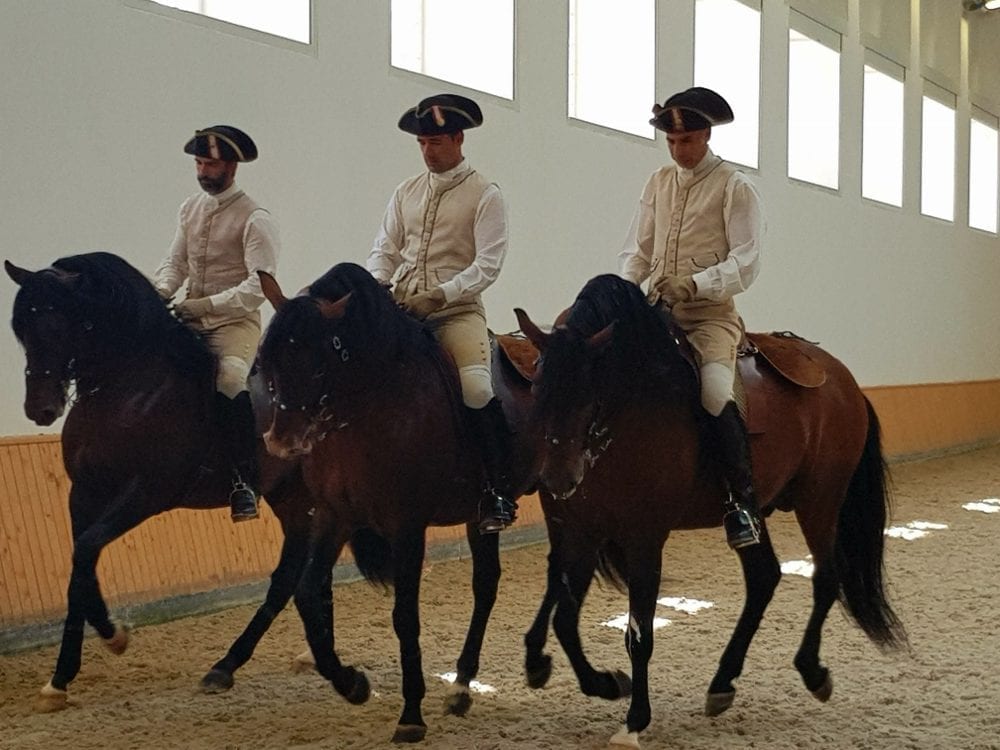
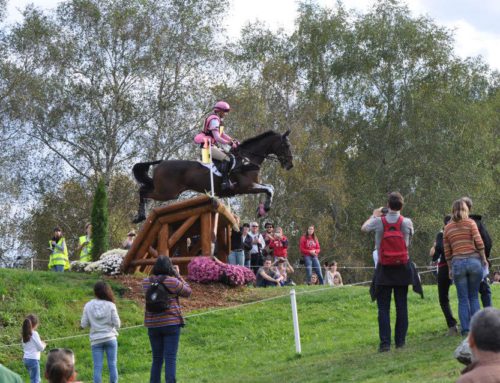
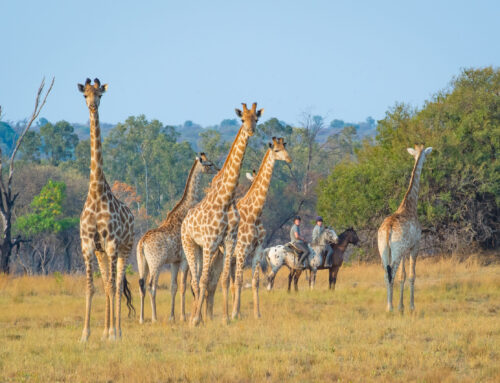
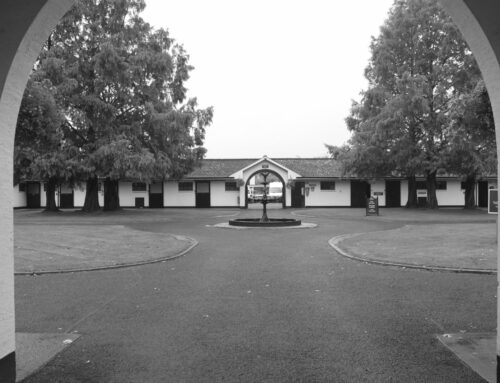
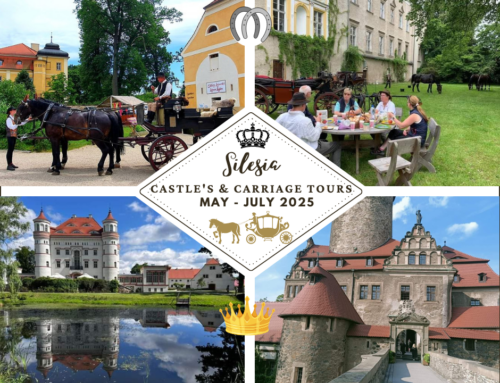
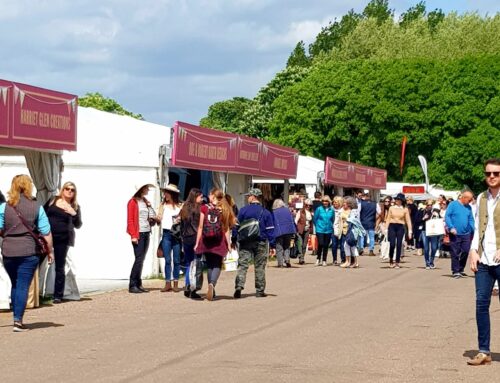




Leave A Comment